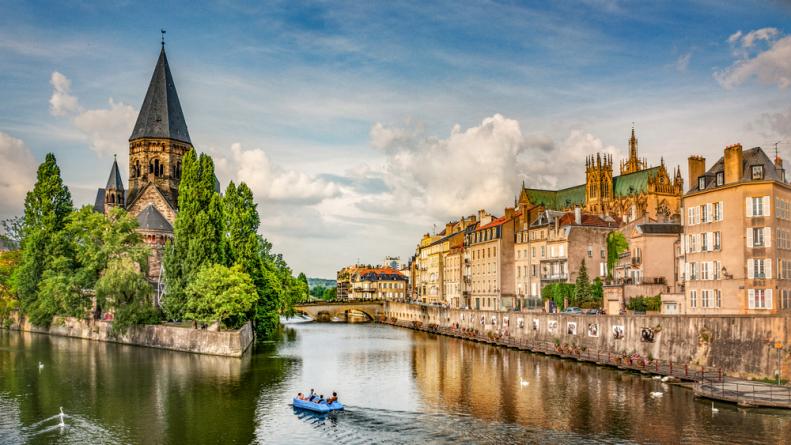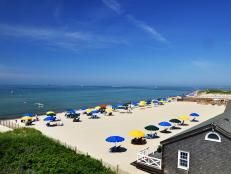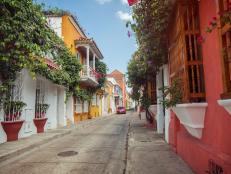Where to Spend Your Golden Years
When you're ready to retire, consider moving to a country where the cost of living is low, the quality of life is high and the weather's great. You'll also want excellent healthcare, modern conveniences (high-speed Internet, anyone?) and beautiful scenery. Forget lunches on plastic trays and Bingo games in senior centers; instead, sample international cuisines, lounge on pristine beaches, tour world-class museums or sail and swim in a country that welcomes retirees.
Before you turn ex-pat, do some research. Look for a culture, climate and customs that fit your lifestyle, or that you can adapt to and appreciate. Want access to golf courses, shopping, dinner clubs and public transportation? Can you learn a new language, or will many locals speak yours? Plan your next steps with our round-up of 10 top places to retire abroad, based on International Living’s 2022 Annual Global Retirement Index. Shown here: Metz, France
Note: The world changes fast. Before you travel or relocate, visit Travel.State.Gov for up-to-date information on safety around the world. Find out the best places to retire in America and the best beach towns for retirement on HGTV.












